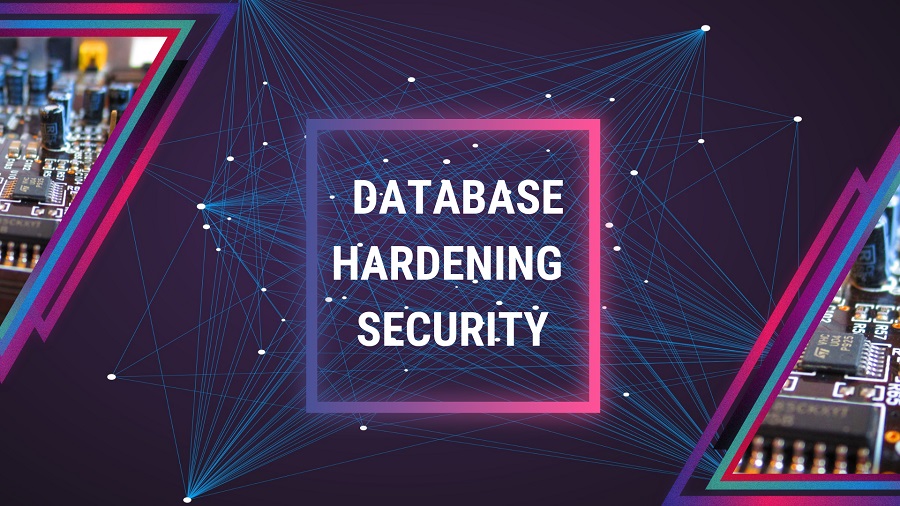5 Principles of Database Hardening for Security in 2023

By following industry-recognized best practices and putting in place security product sets, processes, and procedures, database hardening helps ensure that your data is protected from potential threats. In this article we give all the latest Principles of Database Hardening for Security in 2023.
Also Read:- Top Web Development Trends 2023- Blogs Year
However, depending on the platform you’re working with, there may be slight differences in the approach you take and the measures you need to take to harden servers and databases. The question then becomes, “How do you decide where to begin?” While there is no shortage of resources that claim to show you the ropes when it comes to database hardening and security, not all of them are made equal.
One of the most important things for chief information officers to focus on is keeping their data safe. This is not likely to change in the near future due to the growing number of risks and the stricter regulations and compliance measures that must be met.
Database hardening is a powerful method for ensuring that the organization’s data protection standards are enforced directly on the database.
The purpose of this Article is to look at some broad, overarching concepts of data security and discuss how they might be applied in different situations
Database hardening refers to the process of securing your database systems through configuration. Taking these precautions can greatly reduce the risk of your private information being compromised. To effectively design for security, you must be familiar with, and implement, industry-standard procedures for configuring databases. Because of differences in network design, hardware, software, and applications, this page cannot provide generic recommendations for configuring databases. In this article, we’ll take a look at some data security best practices that can be applied in a wide range of contexts.
5 Reasons Database Hardening Isn’t Common Practice
- Secure the Physical Space
The physical location is the first consideration when designing a safe database setting. Make sure any servers you have on-premises are in a secure, monitored location where only authorised personnel have access. Procedures for dealing with fires and other natural catastrophes should be in place at the facility. You may rest easy knowing your data is secure if you follow the best practices for database backups recommended by your technology.
- Separate Information to Keep It Safe
If your data has been compromised, it is better to keep it that way by following the principle of isolation. As a result, the damage will be contained, as the bad guys won’t have as much of an opportunity to participate. How you should separate your database servers from the rest of the network is going to be specific to your setup. The security of application and web servers is much worse than that of database servers. Hosting these servers on separate machines is one method of isolating these parts. The transaction logs can be further separated from the primary database files by being kept on a different disc. Always use encryption when storing or transmitting sensitive information. A common piece of advice is to store decryption keys at a location separate from the corresponding files.
- Adhere to the concept of least privilege
The idea of least privilege is an effective tool for preventing data breaches (PoLP). Here, an account is given exactly the set of permissions it needs to carry out its specific function, and nothing more. This reduces the damage that can be done if an account is breached. A temporary increase in privileges may be granted to an account if that’s what’s needed to complete a specific task. If you want to be extra safe, you should also conduct regular audits to get rid of any old accounts that have been found. It’s certainly worth the time and effort required to properly configure your database environments.
- Routinely Update and Patch
Remember that there is always something new to worry about in terms of security. To stay ahead of these dangers, technology firms diligently discover and fix flaws as soon as they are discovered. Apply fixes and updates promptly in order to fix any problems. Some updates and patches necessitate a period of planned downtime. You should look for a database management partner who can assist you in developing a management strategy that will help ensure the smooth operation of your firm.
- Harden the Whole Environment
Security measures for a database should extend beyond only the databases themselves. The entire data management system, including the underlying operating system, the database application, and any other hardware and software, should be involved in these procedures. When hardening your system at every level, it’s a good idea to look up industry standards for the technology you’re using. A consulting firm can assist you standardise your security settings to make sure all of your layers are communicating effectively.
Constant efforts to prevent the financial losses that can result from a data breach are well worth the investment. You can lessen the severity of any leaks that do occur by employing the approach of “database hardening.” Protect your business by using sound database security procedures. Develop a configuration strategy to harden your database and protect your sensitive data by working with your internal IT team, your technology providers, and your third-party database services provider.
Conclusion
In conclusion, it is important to take into account all possible data transfer channels and evaluate the risks associated with each path and node. Then, you can take action to mitigate the risks associated with a security breach. Increased danger levels or successful penetration can be detected by monitoring and auditing.





